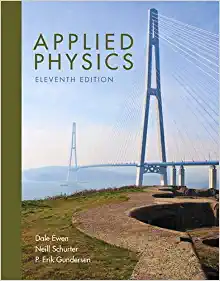Question
For this activity, you will create a computational model of the changes in energy of a two-object system. A computational model is a mathematical model
For this activity, you will create a computational model of the changes in energy of a two-object system. A computational model is a mathematical model that uses calculations to represent the behavior of a system. This worksheet will help you plan, develop, and execute your model.
Develop Your Model
1. Describe the two-object system that you will be considering. Be sure to indicate what is part of the system and what is part of the surroundings.
Indicate any physical changes that the system will undergo.
2. For each object in your system, list the types of energy present at the start of your scenario. When possible, write a general equation to represent each type of energy.
(Example: The equation KE = 1
mo can represent translation kinetic energy) Be sure to indicate what each term means.
3. Identify any changes in energy that take place during your scenario. This includes transformations of energy from one type to another, transfers of energy between the two objects, and transfers of energy between the system and the surroundings. When possible, represent these changes with
an equation. (Example: Heat can be represented by the equation Q = mCAT.)
Be sure to indicate what each term means.
Step by Step Solution
There are 3 Steps involved in it
Step: 1

Get Instant Access to Expert-Tailored Solutions
See step-by-step solutions with expert insights and AI powered tools for academic success
Step: 2

Step: 3

Ace Your Homework with AI
Get the answers you need in no time with our AI-driven, step-by-step assistance
Get Started


